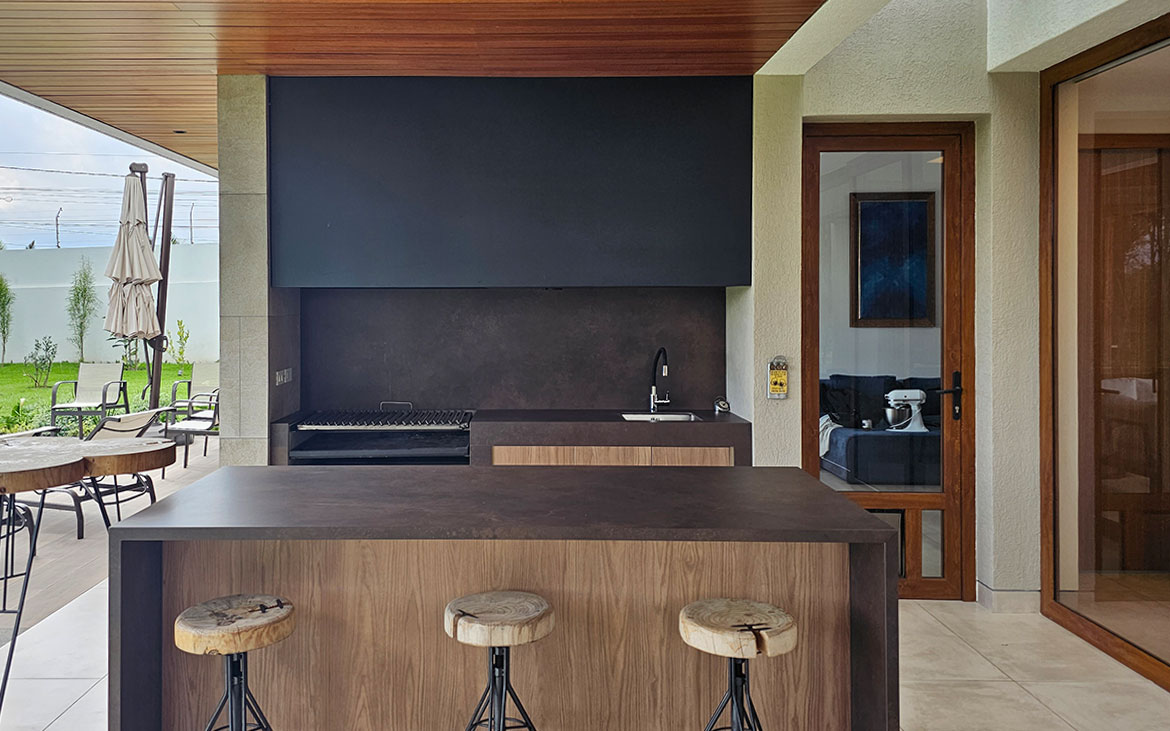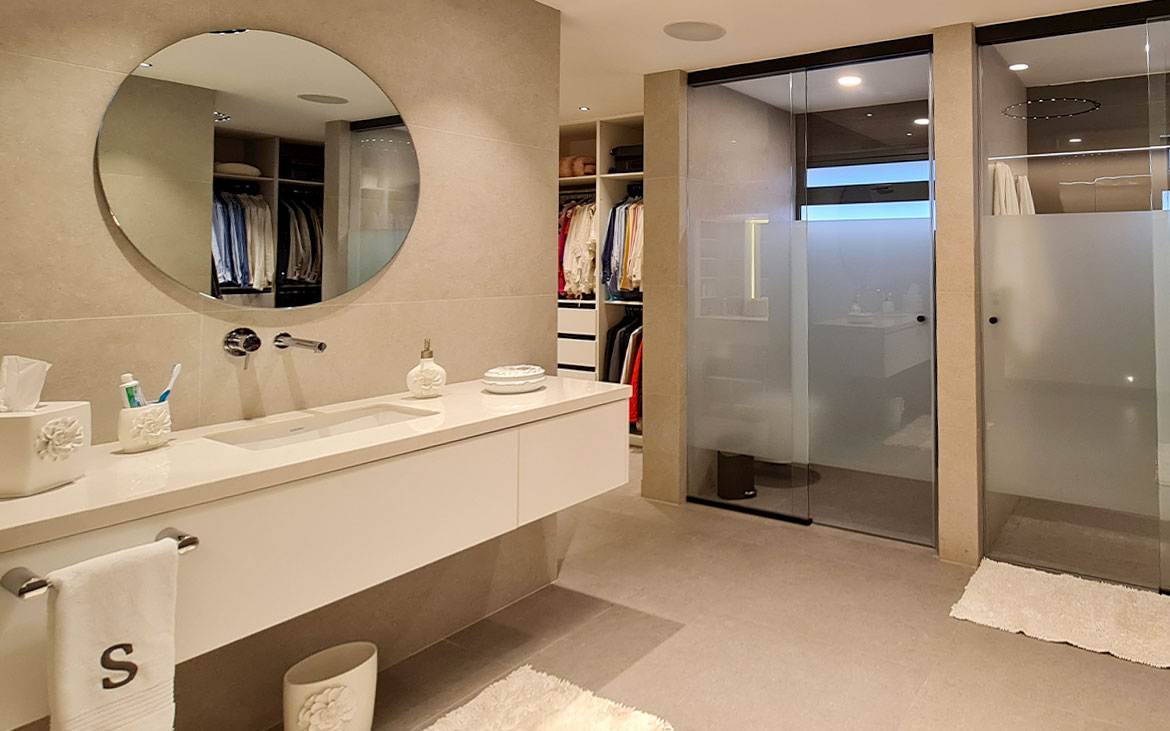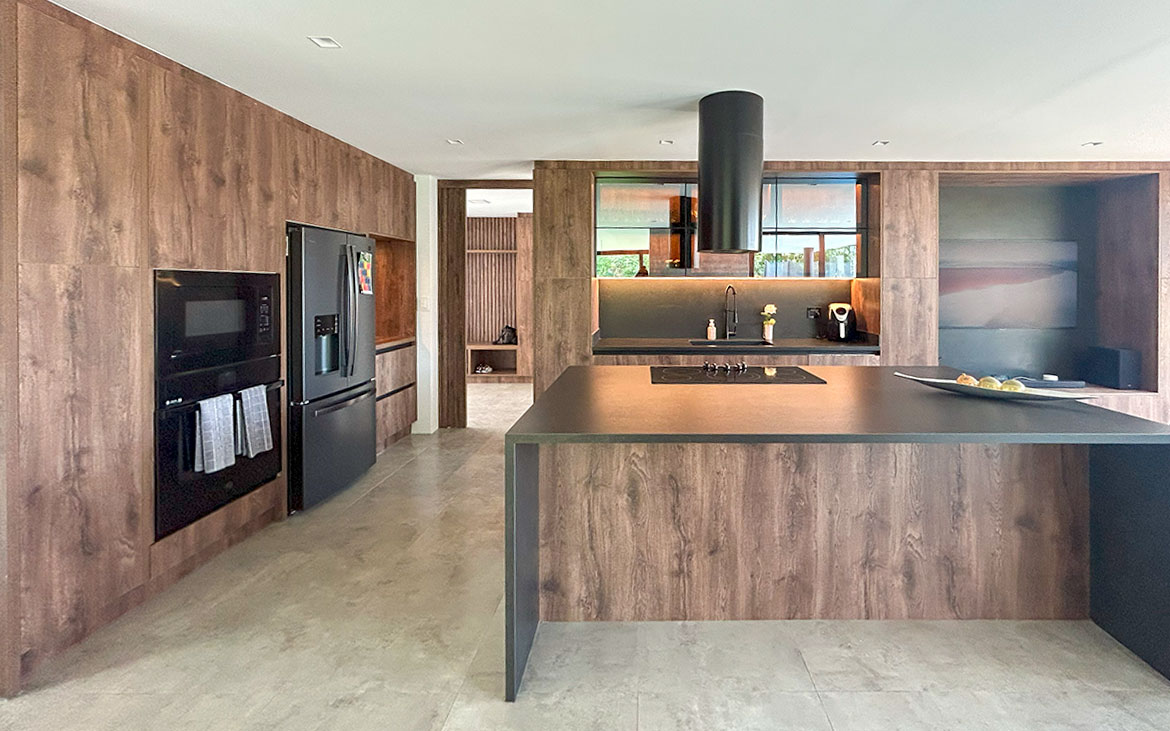Nowadays, environmental awareness has become a priority for many people and organizations around the world. One way architecture can contribute to this cause is through the creation of kitchens based on ecological architecture. In this blog, we will explore the concepts behind green architecture and some examples of successful architects in this trend.
Green architecture focuses on creating buildings and living spaces that are sustainable and environmentally friendly. In the case of kitchens, this means using materials and technologies that reduce environmental impact and promote energy efficiency and water savings.
How to apply ecological architecture?
One of the ways green architecture can be applied to kitchens is through the use of sustainable materials. This can include wood from responsibly managed forests, countertops made from recycled materials or bamboo, and cork or linoleum flooring.
Sustainable materials not only reduce environmental impact, but they can also last longer and be healthier for the people who use them.
Another way green architecture can be applied to kitchens is to through energy efficiency. This may include selecting energy-efficient appliances, installing LED lighting systems, and incorporating natural ventilation systems to reduce the need for air conditioning and heating.
Additionally, the kitchen design itself can contribute to energy efficiency, with the orientation and placement of windows and doors that They take advantage of sunlight and natural ventilation.
Regarding water saving, ecological architecture You can contribute through selecting low-flow plumbing fixtures, incorporating water recycling systems, and selecting liner materials that minimize water waste.
There are many successful architects who have adopted ecological architecture in their kitchen designs.
- One of them is the Danish architect Bjarke Ingels, who is known for his innovative and sustainable approach to architecture.
In his kitchen design for the VIA 57 project West in New York, Ingels incorporated energy-efficient technologies and sustainable materials, such as reclaimed oak flooring and low-flow plumbing fixtures.
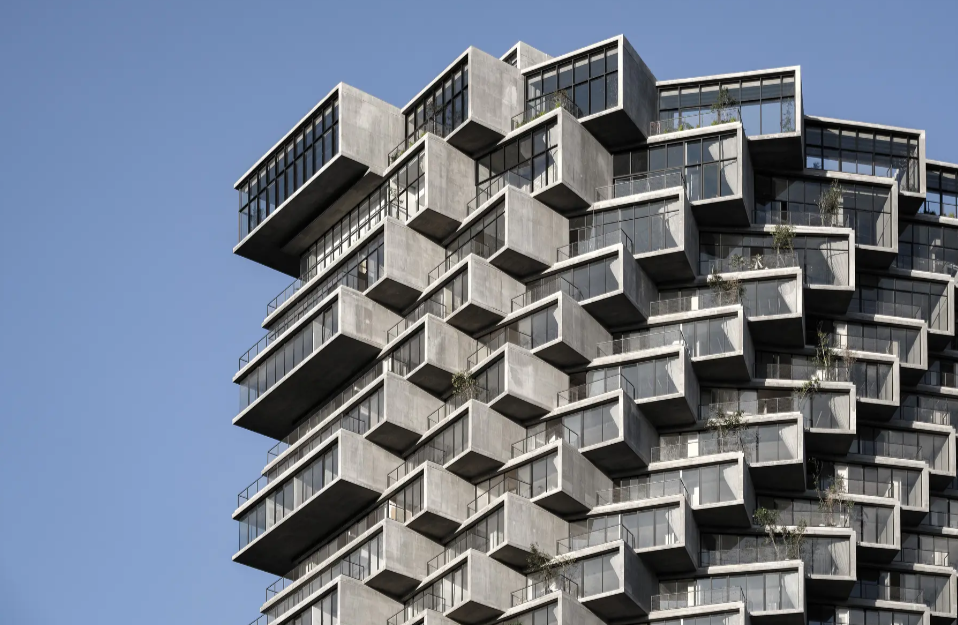
- Another successful architect in the ecological architecture trend is the German Stefan Behnisch.
Behnisch has been recognized for his green and sustainable building designs around the world. In his kitchen design for the Messe Frankfurt company headquarters in Germany, Behnisch incorporated energy-efficient technologies and sustainable materials, such as solar panels on the roof and wood from responsibly managed forests in the kitchen cabinets.
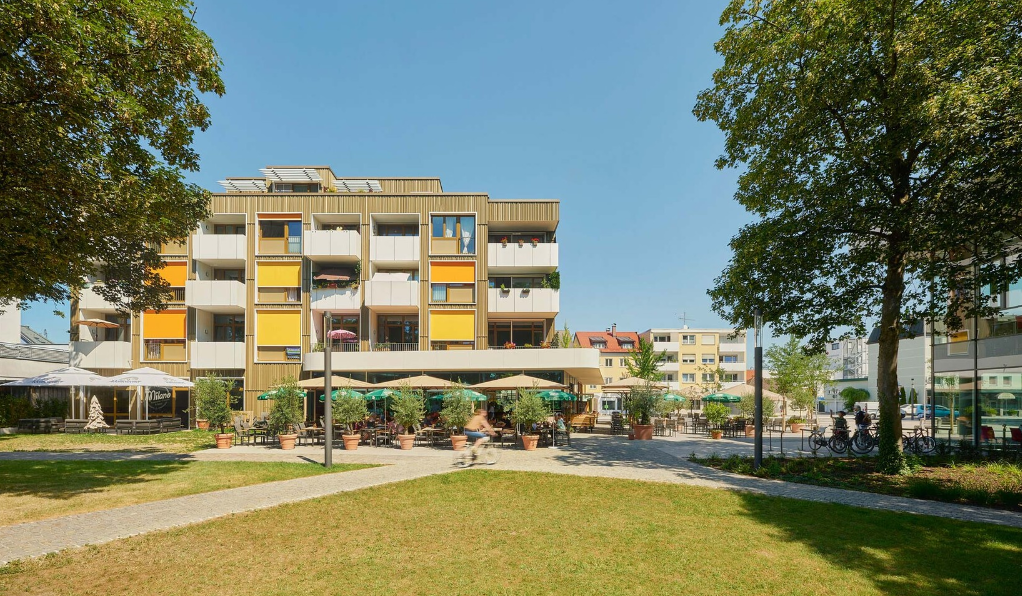
- A third example is the American architect William McDonough, who is known for his cradle-to-cradle approach to architecture, which focuses on creating buildings and living spaces that are sustainable and completely recyclable.
In his kitchen design for the Ford Rouge Center building in Michigan, McDonough incorporated energy-efficient technologies and sustainable materials, such as reclaimed spruce wood and linoleum floors.
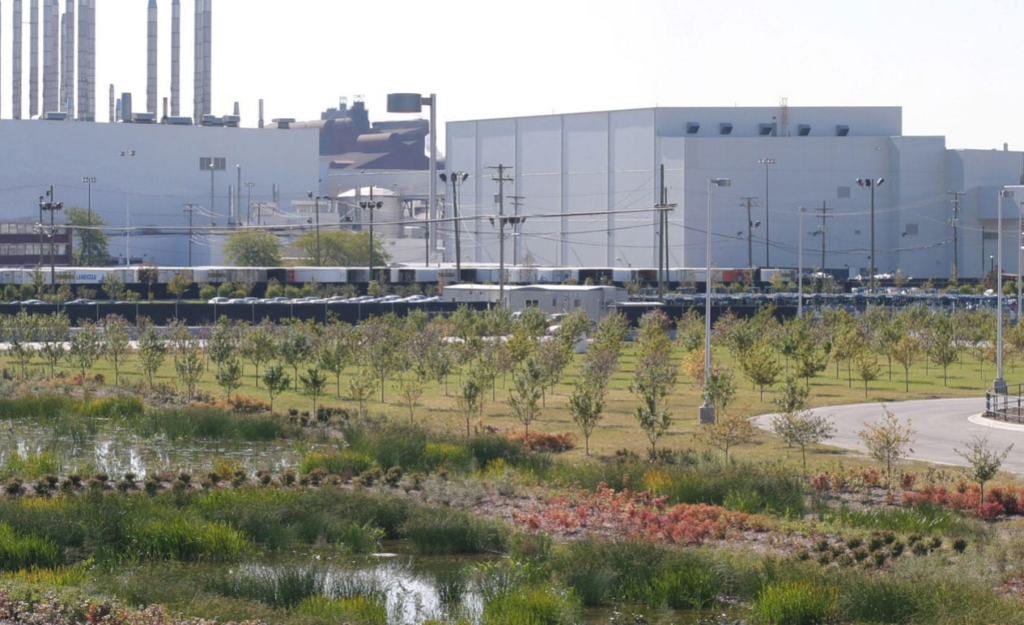
These examples demonstrate that ecological architecture It can be applied to any type of kitchen, from commercial to residential projects.
By adopting green architecture in kitchen design, you can reduce environmental impact and improve energy efficiency and water savings.
Furthermore, sustainable materials and energy efficient technologies can have a positive impact on the health and well-being of people who use the kitchen.
With examples from successful architects such as Bjarke Ingels, Stefan Behnisch and William McDonough, It can be seen that ecological architecture is a growing trend in the world of architecture, and is a viable option for any kitchen project that seeks to be sustainable and respectful of the environment.[ish_divider]

